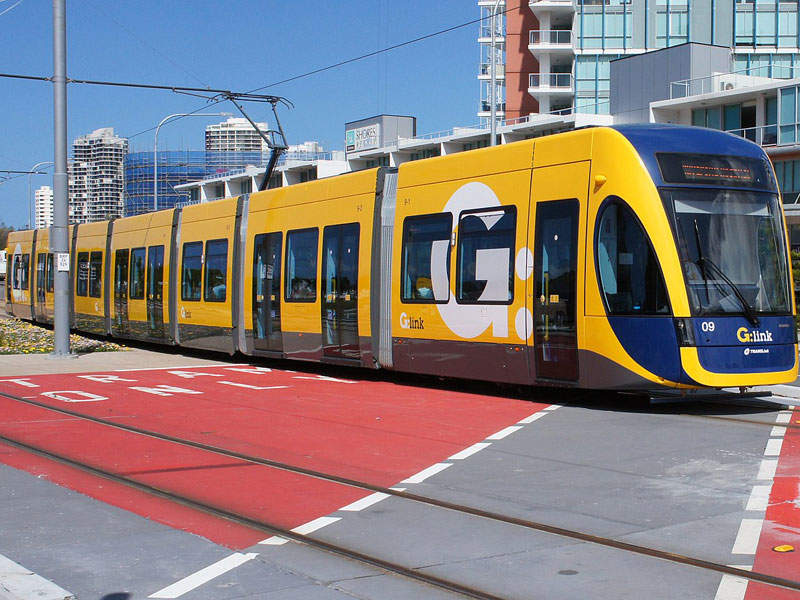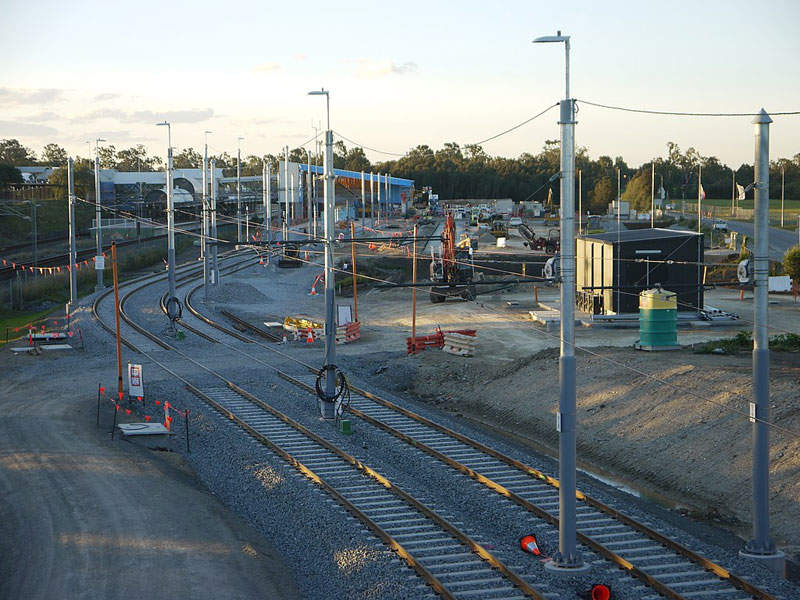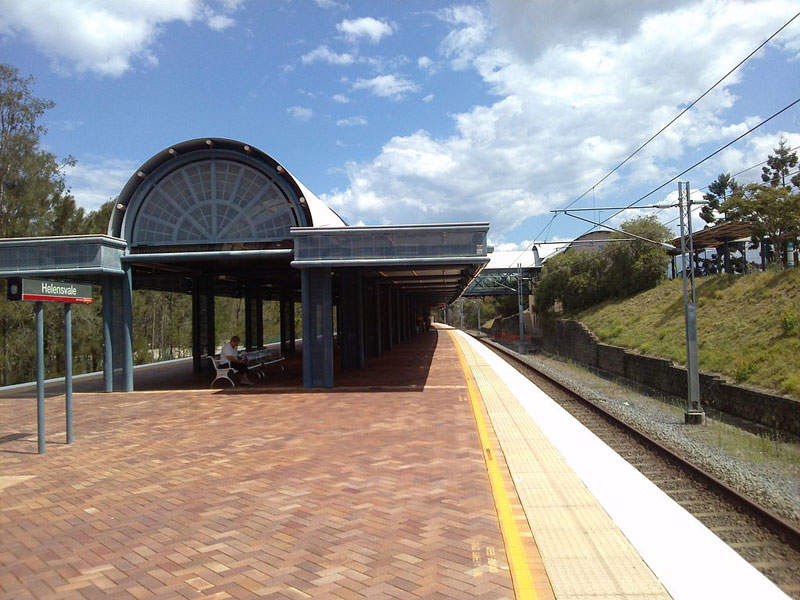The Gold Coast Light Rail (GCLR) Stage 2 is a new 7.3km-long light rail link between Parkwood and Helensvale that connects the GCLR Stage 1 with the main Brisbane and the Gold Coast rail line.
The project was completed with a $420m investment funded through a public-private-partnership, including $270m from the Queensland Government, $55m from the Gold Coast Council and $95m from the Australian Government.
Queensland government appointed GoldLinQ to initiate the GCLR extension from Gold Coast University Hospital to Helensvale in August 2015. The new line extension is operated by GoldlinQ.
The integrated public transport solution will provide passengers with a single transfer between two of Queensland’s biggest cities, Gold Coast and Brisbane. It will also play a major role in meeting the public demand for transport.
GCLR Stage 2 became operational in December 2017, ahead of the Gold Coast 2018 Commonwealth Games. It seamlessly integrates the Stage 1 at Gold Coast University Hospital station of Southport with the heavy rail line at the Helensvale station. The journey between the two stations takes approximately 11 minutes.
The extension is expected to boost the economy of Queensland by generating 1,000 jobs during construction and once operational.
Gold Coast light rail stage two purpose and benefits
The Gold Coast transport system will address the traffic congestion issue on the Pacific Motorway between the Gold Coast and Brisbane.
The light rail link is expected to minimise environmental impact by encouraging people to avoid travelling by car.
The Stage 2 of Gold Coast Light Rail provides the missing link from Gold Coast to Brisbane, offering direct access to arts and cultural activities at Broadbeach and Surfers Paradise. It also meets the additional capacity requirements of public transport during peak times.
With Stage 2 being operational, users of public transport now have the option of stopping at any of the 19 light rail stations with bus connections to major activity centres between Helensvale and Broadbeach.
Gold Coast Light Rail stage 2 alignment, infrastructure and construction
The Gold Coast Light Rail Stage 2 alignment extends from Helensvale station adjacent to the Gold Coast Line and the Smith Street Motorway. It makes use of the existing road and rail corridors, reducing environmental impact on the community.
The extension includes three new stations at Helensvale, Parkwood and Parkwood East. A new park and ride facility for 1,000 cars at Parkwood station and an additional 400-space parking extension in the existing park and ride facility at Helensvale station are also part of the project.
The project further included the construction of a new pedestrian footpath and a plaza connecting Henry Cotton Drive to the Parkwood East station precinct. It also involved the installation of 29.2km of rail track and the creation of 2.5km of drainage.
Rolling stock details
The rolling stock of GCLR Stage 2 includes four Bombardier Flexity 2 trams. Each tram is 43.5m-long, 2.65m-wide and weighs 60t, with seven modules of a higher capacity to maintain effective passenger flow.
The Bombardier Flexity 2 trams have a seating capacity of 80 each and can carry up to 309 passengers.
Future stages of the Gold Coast Light Rail project
The GCLR system is being delivered in multiple stages in line with the growth of the Gold Coast.
Further stages of the light rail project are subject to the availability of funds. However, Queensland Government and Gold Coast Council plan to extend the light rail network along the coastal strip from the heavy rail line at the north end of the Gold Coast to the Gold Coast Airport at Coolangatta.
Contractors involved
GoldLinQ selected CPB Contractors for the design and construction of the light rail stage 2 in March 2016.
Bombardier was awarded an $18m contract for the delivery of four Flexity 2 trams for the GCLR Stage 2 in November 2015. The trams were delivered in the second half of 2017.






